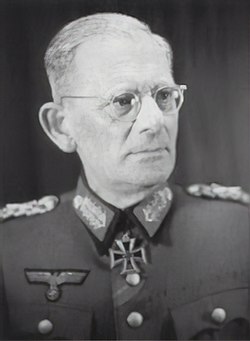This article relies largely or entirely on a single source .(June 2025) |
During World War II, the Axis invasions of Greece (Operation Marita) and Yugoslavia both commenced on 6 April 1941 and ended 30 April 1941. [1]
This article relies largely or entirely on a single source .(June 2025) |
During World War II, the Axis invasions of Greece (Operation Marita) and Yugoslavia both commenced on 6 April 1941 and ended 30 April 1941. [1]
Reserves directly commanded by the Oberkommando des Heeres:

Generaloberst Maximilian Reichsfreiherr Von Weichs zu Glon
XXXXIX Mountain Corps
General der Gebirgstruppen Ludwig Kübler
LI Army Corps
General der Infanterie Hans-Wolfgang Reinhard
XXXXVI Army Corps (motorized)
General der Panzertruppen Heinrich von Vietinghoff gennant Scheel
Second Army Reserve

Generalfeldmarschall Wilhelm List
XXXX Army Corps (motorized)
Generalleutnant Georg Stumme
XXXVIII Mountain Corps
General der Infanterie Franz Böhme
XXX Army Corps
General der Artillerie Otto Hartmann
Twelfth Army reserve